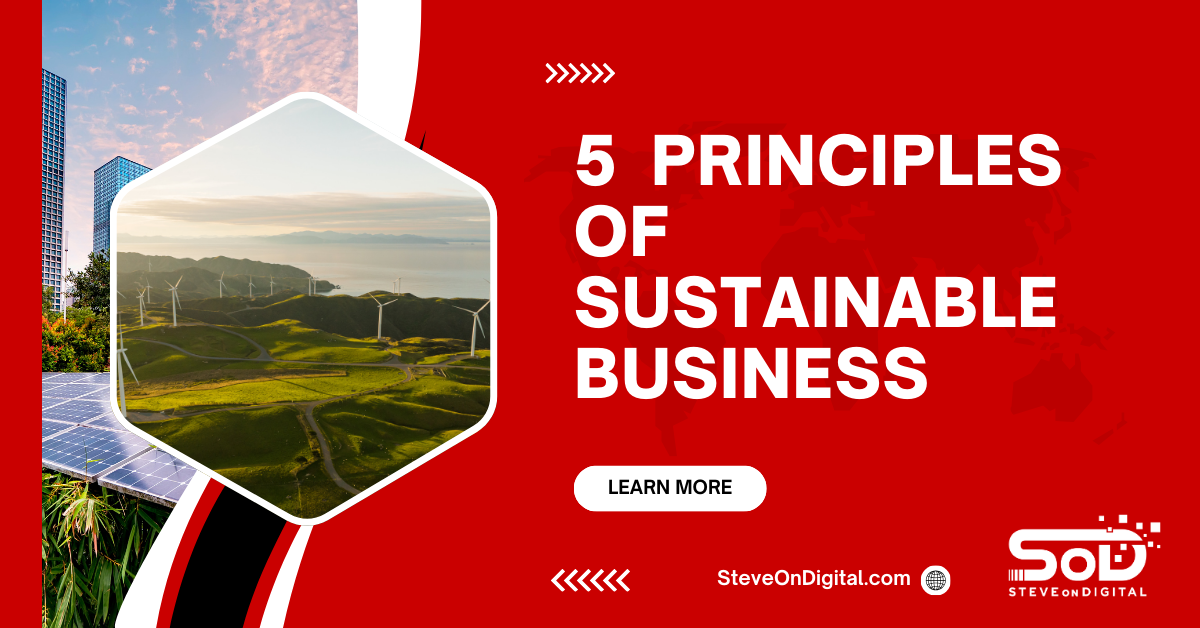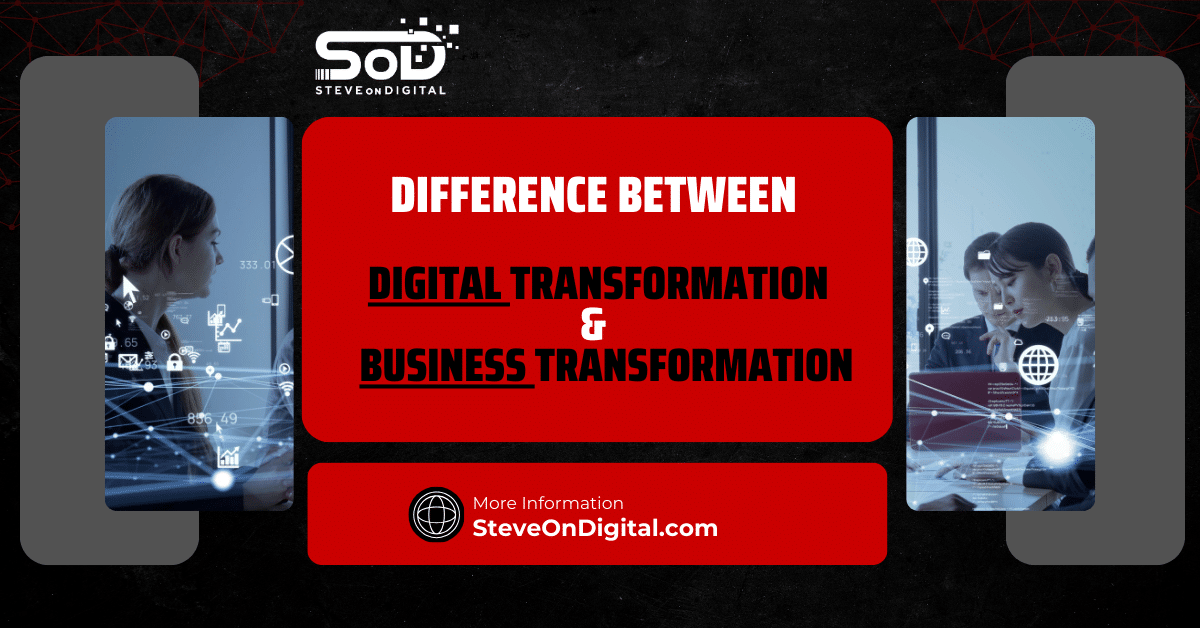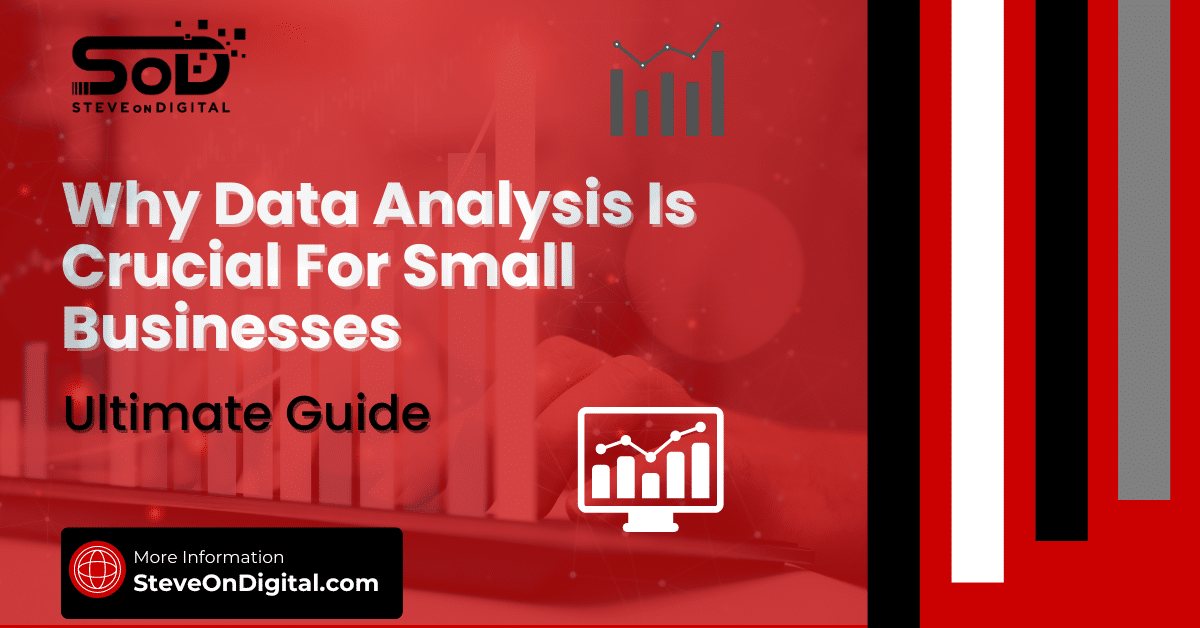As Steve Johnston, owner and author of SteveOnDigital, I’ve dedicated significant time to understanding the evolving landscape of sustainability in business.
This isn’t just about trends; it’s about a fundamental shift in how businesses operate in a world that’s increasingly conscious of its environmental and social footprint.
Here, I’ll break down what sustainable business means and why it’s crucial not only for the planet but also for the profitability and reputation of businesses like yours.
Definition And Significance
A sustainable business operates on principles that reduce its environmental impact, contribute positively to society, and manage resources in a way that ensures long-term economic health.
But what does this mean in practice? It means integrating strategies that support the natural environment, respect social values, and achieve economic efficiency—all without compromising the ability of future generations to meet their needs.
The critical role of the private sector in driving sustainability and addressing global challenges such as climate change and social inequality cannot be overstated, emphasizing the collective responsibility of businesses in achieving a sustainable future.
The relevance of sustainable business has skyrocketed, influenced heavily by global issues such as climate change and social inequality.
As a small business owner, embracing these principles isn’t just a moral choice; it’s becoming a critical strategy for remaining competitive and relevant in an increasingly discerning market.
Benefits Of Embracing Sustainability
The perks of integrating sustainability into your business model are vast, notably enhancing your company’s value proposition.
It significantly boosts your company’s appeal to consumers and contributes to its competitive advantage.
Customers today are more informed and selective about where they spend their money.
They tend to favor businesses that are committed to positive social and environmental practices.
Economically, sustainable practices often lead to cost savings. Reducing waste, conserving energy, and optimizing resource use can significantly lower operational costs.
Additionally, these practices open up new market opportunities. For example, the demand for ‘green’ products is growing, and by meeting this demand, businesses can tap into a lucrative and expanding market segment.
Legal compliance is another compelling reason to adopt sustainable practices. Regulations on environmental protection, labor rights, and safety are tightening globally.
Companies proactive in these areas are less likely to incur fines or face lawsuits, reducing risk and fostering a stable operating environment.
From my own experience, adopting sustainable practices has not only helped reduce costs but also enhanced the loyalty of my customers.
People appreciate a brand that cares—not just about profits, but about its impact on society and the environment.
This connection goes beyond the transactional—it builds a community of supporters around your brand.
The Five Principles Of Sustainable Business
As businesses, we often face the challenge of balancing growth with responsibility.
However, integrating sustainable practices isn’t just an ethical choice—it’s a strategic one that ensures long-term success.
Understanding the key principles of sustainability is foundational to any business aiming to thrive in today’s dynamic market.
Here, I delve into the five core principles that have shaped my approach and could redefine how your business operates within its community and the broader environment.
Embracing sustainability is a continuous process, requiring ongoing effort and dedication to truly integrate these practices into the fabric of our operations and brand identity.
By adhering to these principles, we aim to drive positive change, fostering a culture of responsibility, innovation, and continuous improvement.
Environmental Stewardship
Reducing Environmental Impact
One of my earliest initiatives was to minimize our carbon footprint.
By focusing on energy efficiency—upgrading to LED lighting, optimizing heating and cooling systems, and investing in energy-efficient appliances—we significantly reduced our operational costs.
Sustainable operations also include better waste management practices, such as recycling and composting, which not only cut down waste but also foster a culture of responsibility among team members.
Conservation Of Natural Resources
Responsible sourcing and embracing the circular economy have been game-changers.
By choosing suppliers who also commit to sustainable practices, I ensure that our business ecosystem thrives without depleting natural resources.
Participating in a circular economy, where products are reused and recycled, extends the lifecycle of materials and dramatically reduces environmental impact.
Social Responsibility
Ethical Business Practices
Fair wages and safe working conditions are fundamental. I believe that a happy team is a productive team.
By implementing fair labor practices, we’ve not only increased retention but also attracted top talent who share our values.
Community And Diversity Engagement
Supporting social programs and enhancing diversity are close to my heart.
Our initiatives, such as sponsoring local events and providing internships to underserved communities, have helped us build strong bonds within the community.
Emphasizing diversity in hiring practices has brought unique perspectives to our team, driving innovation and creativity.
Economic Viability
Sustainable Business Models
Adopting a sustainable business model has opened up new revenue streams.
For instance, by using environmentally friendly materials, we’ve tapped into the niche market of eco-conscious consumers, which has noticeably boosted our sales.
Resource Efficiency And Risk Management
Efficient use of resources not only reduces costs but also minimizes risks associated with resource scarcity and regulatory fines.
For example, reducing water usage and managing chemical storage carefully have prevented potential hazards and ensured compliance with environmental regulations.
| Metric | Before Implementation | After Implementation | Change (%) |
| Energy Costs | $20,000/year | $15,000/year | -25% |
| Waste Management Costs | $5,000/year | $3,000/year | -40% |
| Revenue from Sustainable Products | $50,000/year | $75,000/year | +50% |
Transparency And Accountability
Stakeholder Communication
Clear communication about our sustainability efforts with stakeholders—from investors to customers—has built trust and strengthened our brand.
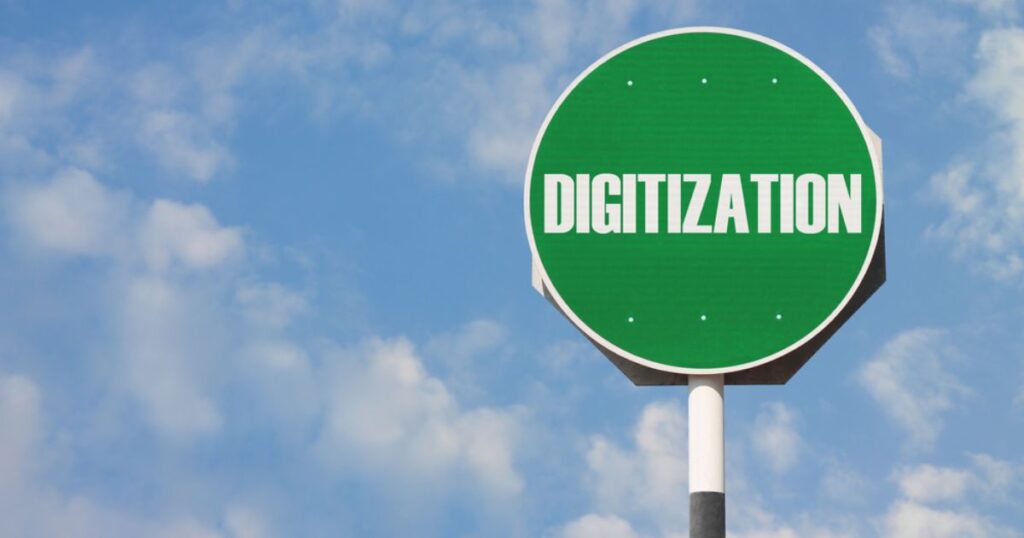
Annual sustainability reports and regular updates keep everyone informed and engaged.
Tracking And Measurement
Implementing systems to monitor our progress towards sustainability goals has been crucial.
Using key performance indicators, such as energy consumption and waste reduction, helps us stay on track and make informed decisions about where to improve.
Continuous Improvement
Innovation In Sustainability
Staying abreast of technological advancements has allowed us to continually enhance our sustainability practices.
Investing in new technologies, like solar panels and biodegradable packaging materials, has reduced our environmental impact and cut long-term costs.
Setting And Evolving Goals
Sustainability is a continuous journey. Setting ambitious goals and regularly revisiting them ensures that we are always striving for improvement.
Each year, we aim to do better than the last, whether it’s by reducing our energy consumption, increasing our recycling rates, or expanding our community outreach programs.
These principles aren’t just a roadmap for business operations—they are a commitment to future generations.
By embedding these into your strategy, you not only contribute positively to the world but also build a resilient and prosperous business that is prepared for the challenges of tomorrow.
Implementing Sustainable Practices
Implementing sustainable practices into a business isn’t just a trend—it’s a strategic move towards long-term viability and success.
Through my journey with SteveOnDigital, I’ve learned that sustainability isn’t just a policy or a program; it’s a comprehensive approach that needs to be woven into the fabric of a business’s operations and strategies.
Strategic Planning For Sustainability
Integrating sustainability begins with strategic planning.
The first step is conducting an initial assessment to identify what aspects of the business impact the environment and society.
This includes evaluating energy usage, supply chain practices, and even employee welfare programs.
Once the assessment is complete, setting clear, achievable goals is crucial.
These goals should be aligned with the core business objectives but also push the envelope to foster innovation and improvement.
For instance, after assessing our digital services at SteveOnDigital, I set goals to reduce server energy consumption by 20% and increase our use of renewable energy sources by 30% within the next three years.
This not only helps the environment but also reduces costs, proving that sustainability is economically sensible.
Operational Changes For Sustainability
Making operational changes to enhance sustainability can range from small tweaks to major shifts in how a business functions.
This can involve adopting new technologies, changing suppliers, or even altering product designs to be more environmentally friendly.
One practical step I took was to revise our procurement process to prioritize suppliers who adhere to sustainable practices.
Additionally, implementing recycling programs and reducing waste in our office were initial changes that had immediate positive effects.
Changing operations to be more sustainable requires commitment from every level of the organization.
It starts with leadership but must be embraced by all employees to truly integrate these practices into daily business processes.
Challenges And Opportunities
Navigating Challenges
Adopting sustainable practices can come with its share of challenges, particularly financial costs and the need for cultural shifts within the organization.
The initial investment in sustainable technologies or processes can be substantial, and there is often a learning curve associated with adopting new practices.
However, these challenges are not insurmountable.
For example, the upfront cost of switching to energy-efficient lighting is offset by long-term savings on energy bills.
Culturally, while it can be difficult to change long-standing practices, training and communication can effectively align the team towards sustainability goals.
It’s about creating a shared vision that everyone is committed to.
Leveraging Opportunities
The shift towards sustainability also opens up numerous opportunities.
For businesses, there’s the chance to tap into new markets, particularly with consumers who prioritize environmental and social responsibility when making purchasing decisions.
Furthermore, sustainable practices can enhance relationships with stakeholders, including investors who are increasingly drawn to companies with strong environmental, social, and governance (ESG) records.
For SteveOnDigital, embracing sustainability has not only improved our operational efficiencies but also enhanced our brand reputation.
Our commitment to sustainability has attracted new clients who value environmental responsibility, contributing to our business growth and success.
Corporate Role In Global Sustainability
Business Impact On Sustainable Development Goals
As a business owner, aligning operations with the United Nations Sustainable Development Goals (SDGs) has not only strengthened my commitment to global challenges but also enhanced our competitive edge.
These goals provide a framework for addressing key global issues like poverty, inequality, climate change, environmental degradation, and peace.
For example, by optimizing our resource use and reducing waste, I actively contribute to Goal 12: Responsible Consumption and Production.
It’s about making direct connections between what we do daily and these broader goals, which also opens up new avenues for innovation and collaboration with like-minded partners.
| Step Number | Step Description | Expected Outcome |
| 1 | Conduct an energy audit | Identify major energy costs |
| 2 | Set measurable sustainability goals | Clear targets for improvement |
| 3 | Implement recycling programs | Reduced waste, cost savings |
| 4 | Monitor and adjust the strategy | Continuous improvement in performance |
Case Studies Of Leading Sustainable Companies
Looking at companies that excel in sustainability offers valuable lessons.
Consider a company like Patagonia, known for its dedication to environmental causes and ethical practices.
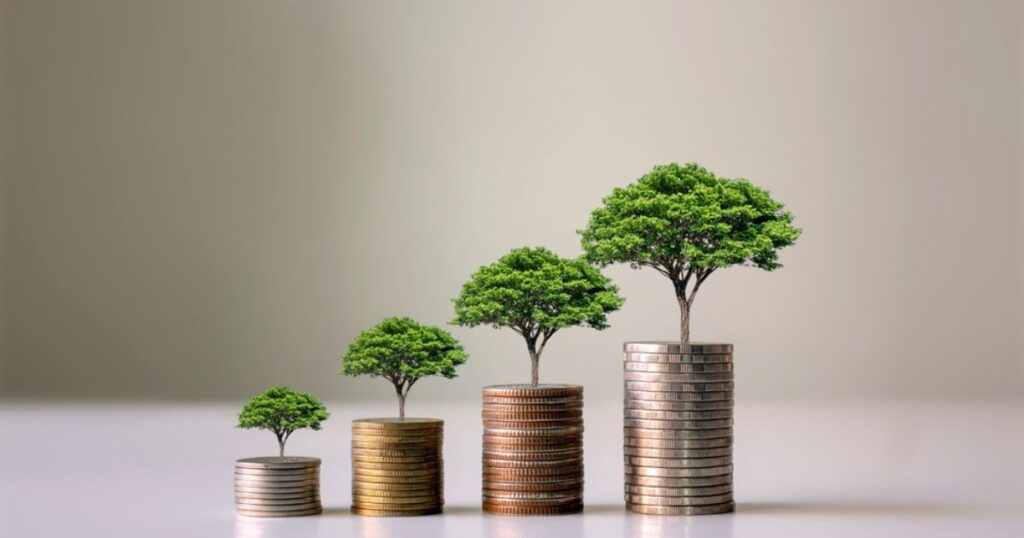
Their commitment goes beyond their products; they actively participate in sustainability advocacy and community engagement.
Another example is IKEA, which aims to become “climate positive” by 2030.
These companies demonstrate that sustainable practices can drive substantial business growth and brand loyalty, showing that doing good is also good for business.
Getting Started With Sustainable Business Practices
Conducting A Sustainability Assessment
The first step toward sustainability is understanding where you stand.
I started by assessing our energy consumption, supply chain practices, and employee engagement in sustainability initiatives.
This assessment helps pinpoint areas of improvement and potential impacts.
It’s about getting a clear picture of your operations and their environmental and social footprints, which is essential for setting realistic and impactful goals.
Developing And Implementing An Action Plan
Once you know where you stand, the next step is to develop a plan that targets those areas most in need of improvement.
For me, this meant setting specific, measurable goals like reducing energy consumption by 20% within two years and increasing our use of recycled materials.
The key is to create a timeline, assign responsibilities, and decide on the metrics for tracking progress.
It’s not just about lofty goals but making them actionable and accountable.
| Step Number | Step Description | Expected Outcome |
| 1 | Conduct an energy audit | Identify major energy costs |
| 2 | Set measurable sustainability goals | Clear targets for improvement |
| 3 | Implement recycling programs | Reduced waste, cost savings |
| 4 | Monitor and adjust the strategy | Continuous improvement in performance |
Final Thoughts
The Future Outlook On Sustainable Business
The move towards sustainability is no longer optional; it’s necessary for business survival and success in the coming decades.
As I reflect on the journey thus far, it’s clear that integrating sustainability into every aspect of business operations not only benefits the planet but also builds a resilient and adaptable business model.
For small business owners, starting on this path might seem daunting, but the long-term benefits—securing a thriving planet for future generations and tapping into new, conscious consumer bases—far outweigh the initial challenges.
I urge every company, no matter its size, to consider how it can contribute to a sustainable future.
This isn’t just about us or the present; it’s about ensuring prosperity for future generations.

